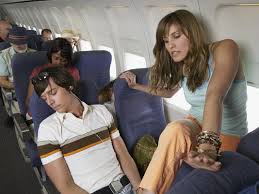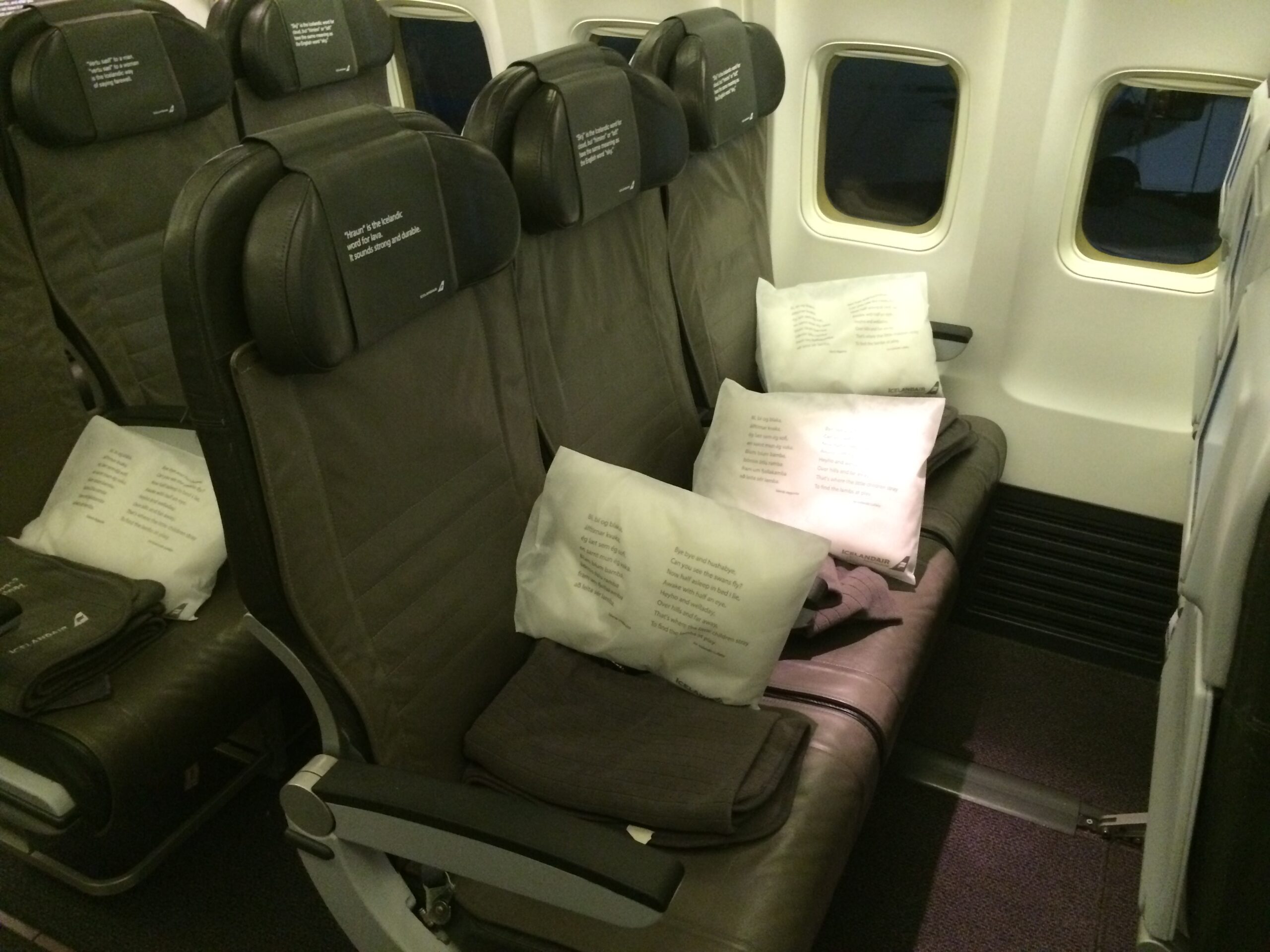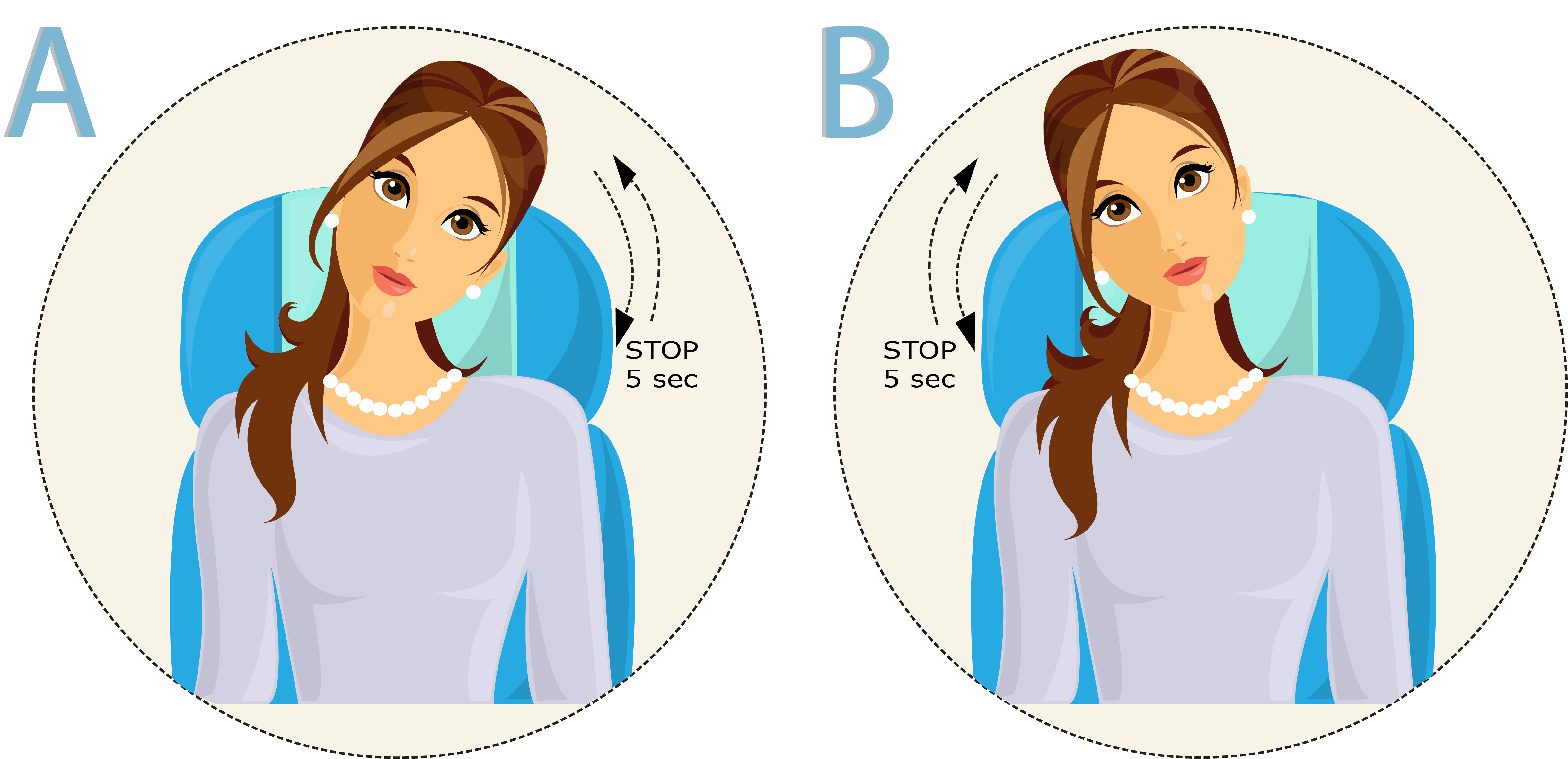Author: Axel F. Sigurðsson, cardiologist, MD, PhD, FACC
Deciding where to sit during a flight can make a difference to your health. Studies indicate that sitting in a window seat rather than an aisle seat is detrimental to your health. This has nothing to do with the window as such or the possible cosmic rays or temperature aspects thereof, which may be some of the first reasons that come to mind.

It is a known fact that blood clots can form in the deep veins of extremities during long flights, i.e. DVT (deep vein thrombosis). The risk was for a long time considered greater for those travelling in economy class, and as a result, DVT was nicknamed the “economy-class syndrome”. Such blood clots can be quite dangerous, as they can dislodge and migrate to the lungs and clog the arteries (pulmonary embolism).
A number of risk factors for deep vein thrombosis have been defined. Prolonged immobility is probably the most significant risk factor. If you are seated by the window, you are less likely to move about during the flight than if you sit by the aisle or in the middle seat. If you are seated by the aisle, you can go to the lavatory and stand up when you feel like it without having to bother anyone. If, however, you are seated by the window, you will be disturbing someone every time you need to stand up. You will be reluctant to move, as this can disturb the people seated next to you and who may be asleep or in the middle of a meal.
Recently published clinical practice guidelines on protection against thrombosis, from the American College of Chest Physicians (ACCP), reveals that sitting in a window seat during a flight is a risk factor for developing blood clots. Whether you are seated in first class or how much space you have has no effect on DVT. These guidelines have been published in the latest edition of the magazine Chest, and you can view them here.
Professor Gordon H. Guyatt from Hamilton, Ontario in Canada, who led the team that prepared the guidelines, points out that if you are a healthy individual, the risk of DVT is very slight, even during long flights, or less than 1/1,000. The guidelines are first and foremost directed toward those who are already at risk, such as those who have previously had a blood clot. Others who are at risk are older people, pregnant women, women who are taking oestrogen hormones such as birth control pills and persons who have recently undergone surgery.
Guyatt points out the importance of standing up regularly and moving about if you are on a flight that lasts longer than six hours. Tensing your calf muscles while remaining in your seat can also be useful. If you are in a risk group, using elasticated support socks, i.e. flight socks that can be purchased quite widely, may help. There is no evidence, however, that aspirin or magnyl (antithrombotic) can prevent clot formation during flights.
If you are on a long flight, you should stand up every 1–2 hours and move about. Do not hesitate to do so even if you are in a window seat and need to wake up the passengers beside you. They may not find you a good travel companion but will soon forget about it. Taking a sleeping tablet and sitting scrunched for the whole flight is not recommended.
More articles by Axel F. Sigurðsson may be found at mataraedi.is.













